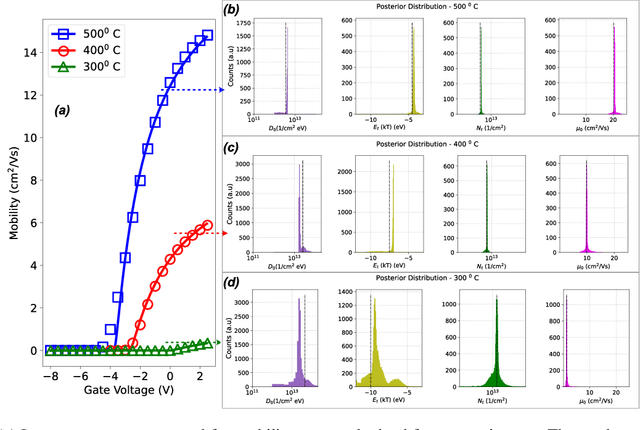Neel Chatterjee
Prescribed Fire Modeling using Knowledge-Guided Machine Learning for Land Management
Oct 02, 2023Abstract:In recent years, the increasing threat of devastating wildfires has underscored the need for effective prescribed fire management. Process-based computer simulations have traditionally been employed to plan prescribed fires for wildfire prevention. However, even simplified process models like QUIC-Fire are too compute-intensive to be used for real-time decision-making, especially when weather conditions change rapidly. Traditional ML methods used for fire modeling offer computational speedup but struggle with physically inconsistent predictions, biased predictions due to class imbalance, biased estimates for fire spread metrics (e.g., burned area, rate of spread), and generalizability in out-of-distribution wind conditions. This paper introduces a novel machine learning (ML) framework that enables rapid emulation of prescribed fires while addressing these concerns. By incorporating domain knowledge, the proposed method helps reduce physical inconsistencies in fuel density estimates in data-scarce scenarios. To overcome the majority class bias in predictions, we leverage pre-existing source domain data to augment training data and learn the spread of fire more effectively. Finally, we overcome the problem of biased estimation of fire spread metrics by incorporating a hierarchical modeling structure to capture the interdependence in fuel density and burned area. Notably, improvement in fire metric (e.g., burned area) estimates offered by our framework makes it useful for fire managers, who often rely on these fire metric estimates to make decisions about prescribed burn management. Furthermore, our framework exhibits better generalization capabilities than the other ML-based fire modeling methods across diverse wind conditions and ignition patterns.
Approximate Bayesian Computation for Physical Inverse Modeling
Nov 26, 2021


Abstract:Semiconductor device models are essential to understand the charge transport in thin film transistors (TFTs). Using these TFT models to draw inference involves estimating parameters used to fit to the experimental data. These experimental data can involve extracted charge carrier mobility or measured current. Estimating these parameters help us draw inferences about device performance. Fitting a TFT model for a given experimental data using the model parameters relies on manual fine tuning of multiple parameters by human experts. Several of these parameters may have confounding effects on the experimental data, making their individual effect extraction a non-intuitive process during manual tuning. To avoid this convoluted process, we propose a new method for automating the model parameter extraction process resulting in an accurate model fitting. In this work, model choice based approximate Bayesian computation (aBc) is used for generating the posterior distribution of the estimated parameters using observed mobility at various gate voltage values. Furthermore, it is shown that the extracted parameters can be accurately predicted from the mobility curves using gradient boosted trees. This work also provides a comparative analysis of the proposed framework with fine-tuned neural networks wherein the proposed framework is shown to perform better.
 Add to Chrome
Add to Chrome Add to Firefox
Add to Firefox Add to Edge
Add to Edge